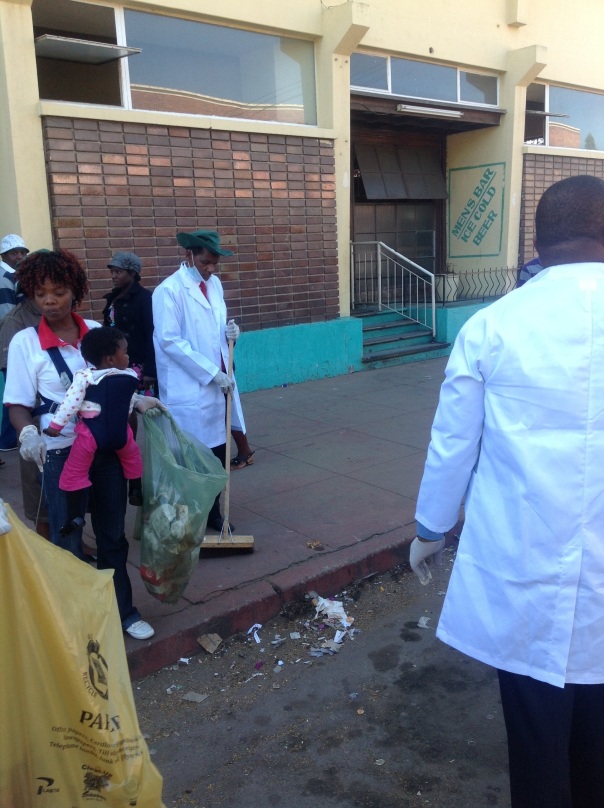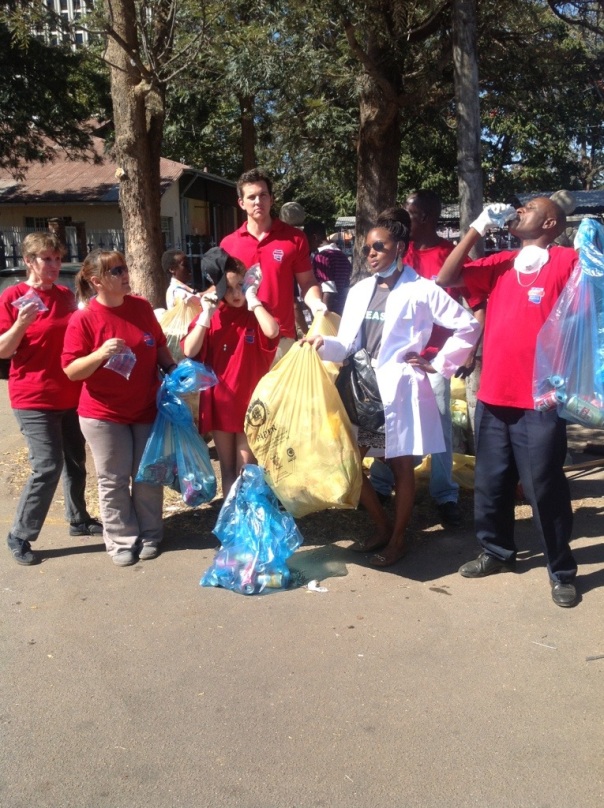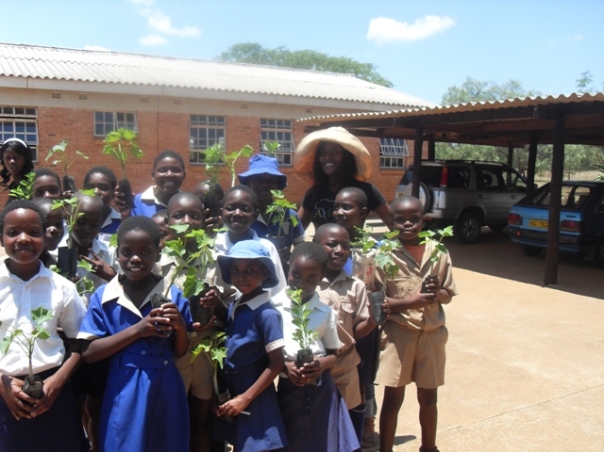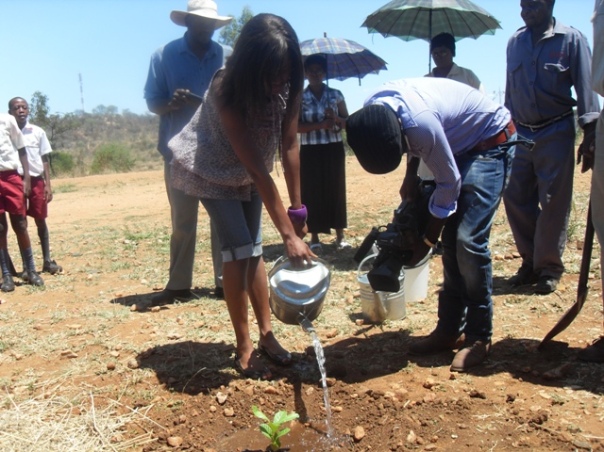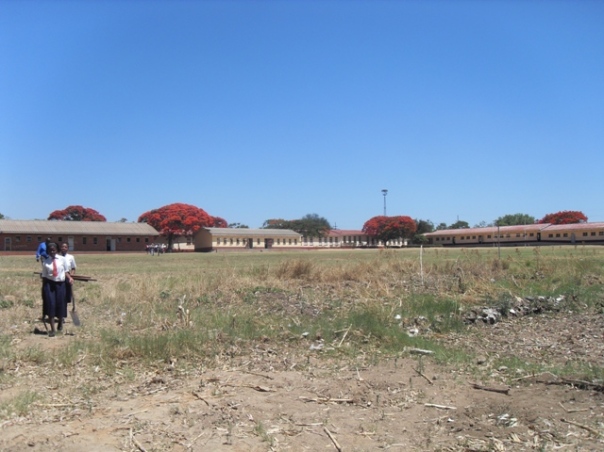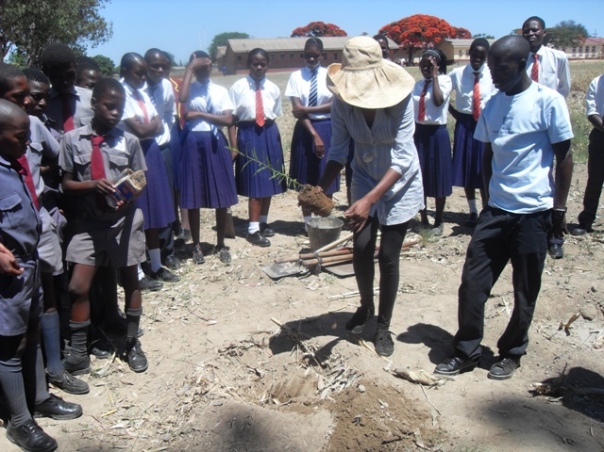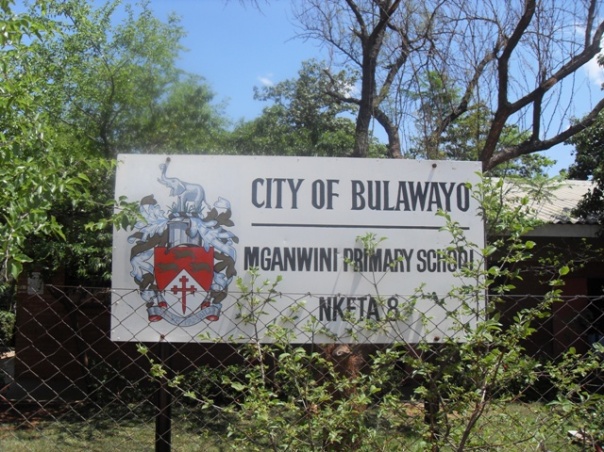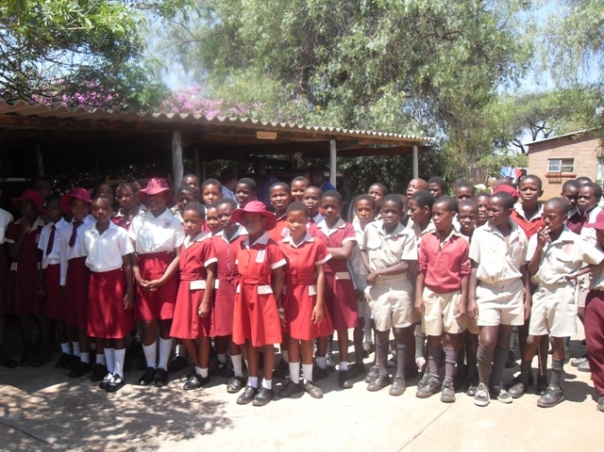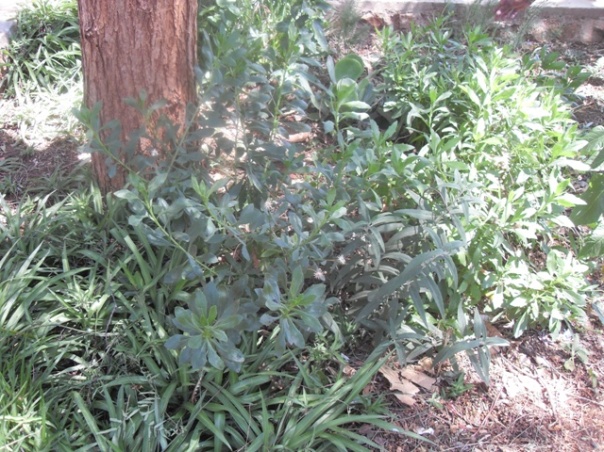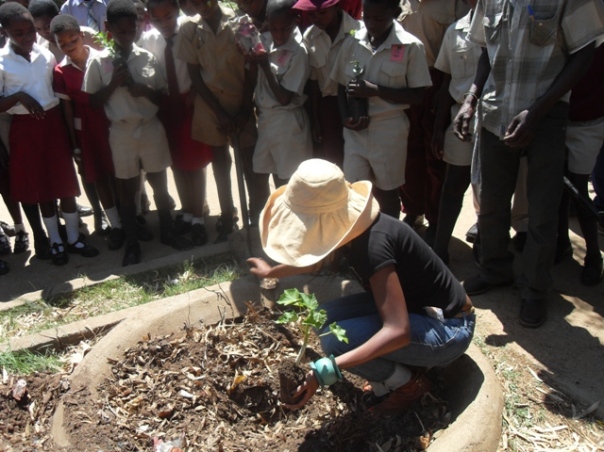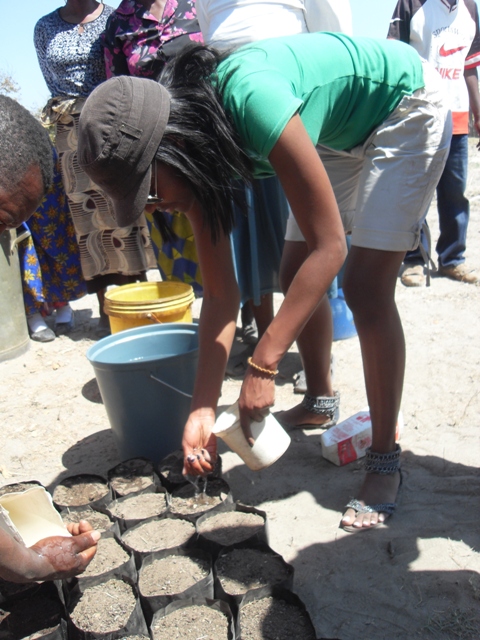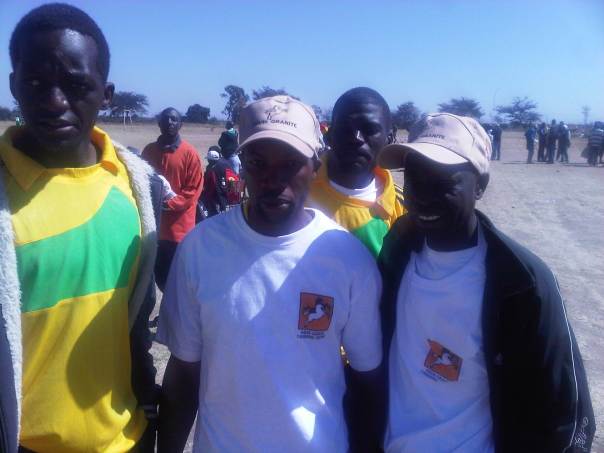5 Good reasons why you need to stop using plastic shopping bags:
1. Environmental Damage
Plastic bags have been known to cause a lot of environmental damage. A single plastic bag can take up to 1000 years, to decay completely. This makes the bags stay in environments longer, in turn leading to great build-up on the natural landscape (much more than degradable materials like paper). In other words, the more plastic bags you use, the greater the chances of environmental damage.
2. Pollution
Plastic bags are a common type of litter all over the world. In South Africa, plastic bags once were known as the national flower because they were so commonly seen along roadsides. Because plastic bags are so lightweight they are easily swept away by the wind, ending up as roadside litter, or even in trees. Of course, many bags do make it into landfills—Americans throw away 100 billion polyethylene plastic bags every year, says the Worldwatch Institute.
3.Fumes
Since plastic bags are not bio-degradable, the only way to get rid of them is to burn them up. Though lighting a match to them is easy, it has more than its fair share of disadvantages. The biggest of them is that smoldering plastics can release toxic fumes into the environment, in turn taking the air pollution to much higher levels.
4. Non-renewable
One of the main disadvantages of plastic bags is that they are not renewable. The reason behind this is that they are made of petrochemicals, a non-renewable source of energy. They can be recycled, but not as easily as paper bags. Plastic bags can last for as much as hundred of years. In other words, long after you are no more, the plastic bag used by you will be in existence.
5. Suffocation
Plastic bags not only have adverse effects on our natural habitats, but have also been found to be responsible for the death of many animals, mainly on account of the suffocation encountered on eating them. Not only animals, infants and young children have also been reported to have lost their life, on account of plastic bags. Since plastic bags are thin and airtight as well, children often end up blocking their mouths and nostrils with them. In case they are not being monitored by an adult, this leads to suffocation and, in some cases, even death.
THE BEST ALTERNATIVE?????
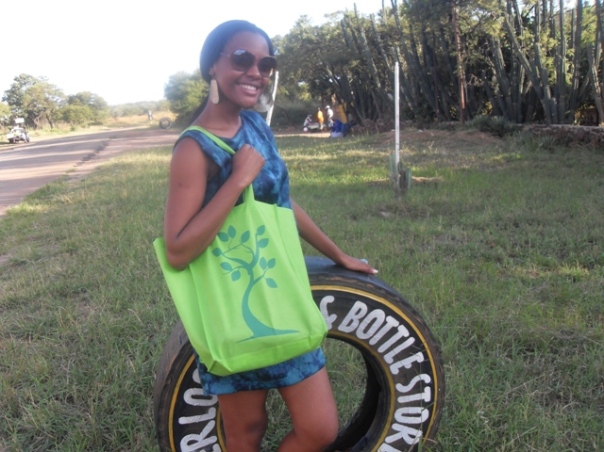
A reusable shopping bag, sometimes called bag for life is a type of shopping bag which can be reused several times: this is an alternative of single use paper or plastic bags. It is often made from fabric such as canvas, woven synthetic fibers, or a thick plastic that is more durable than disposable plastic bags, allowing multiple use.
Get your own “Green Bag” and reduce pollution and preserve the environment.
“I’m not an environmentalist. I’m an Earth warrior”. ~Darryl Cherney


